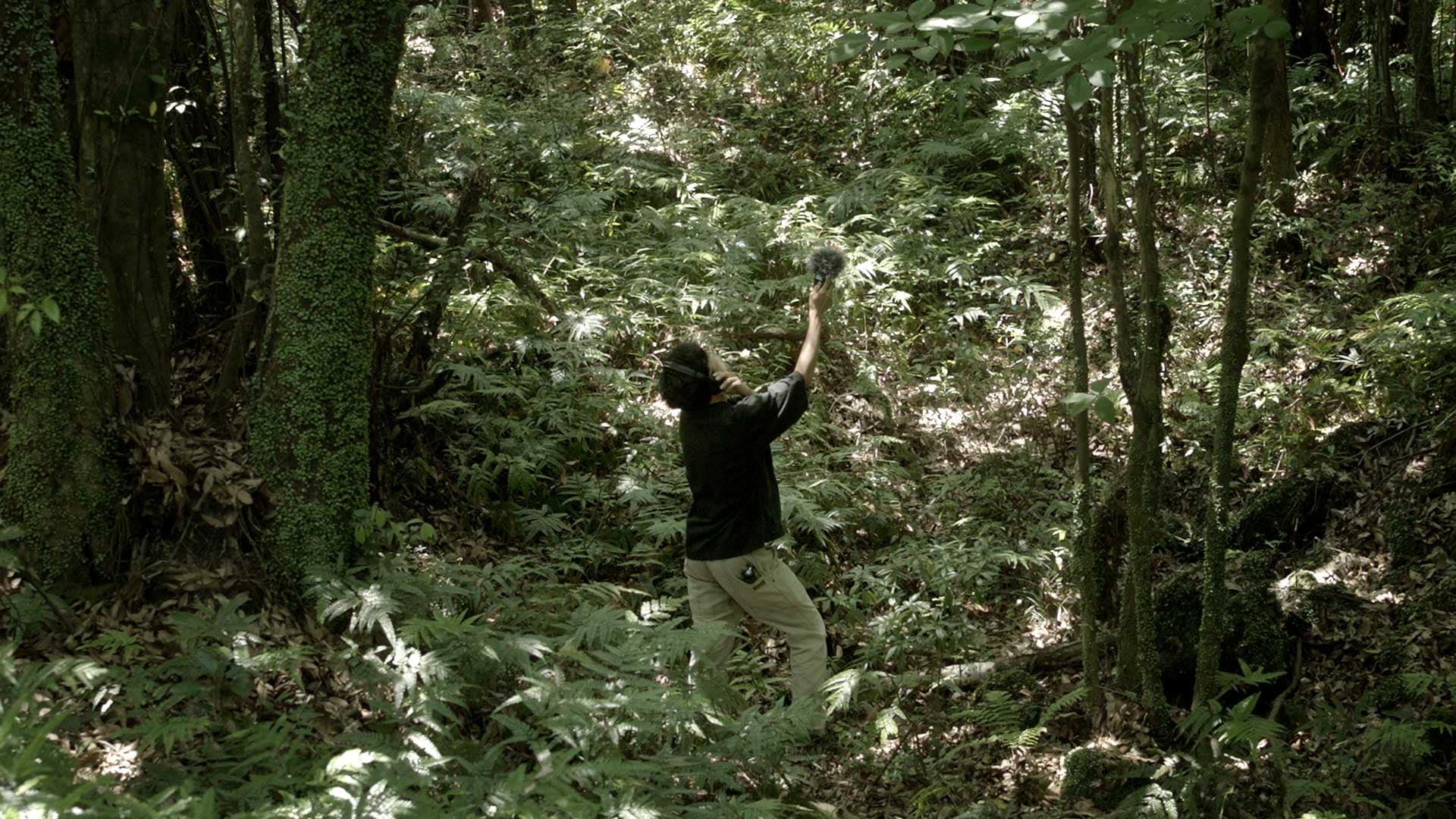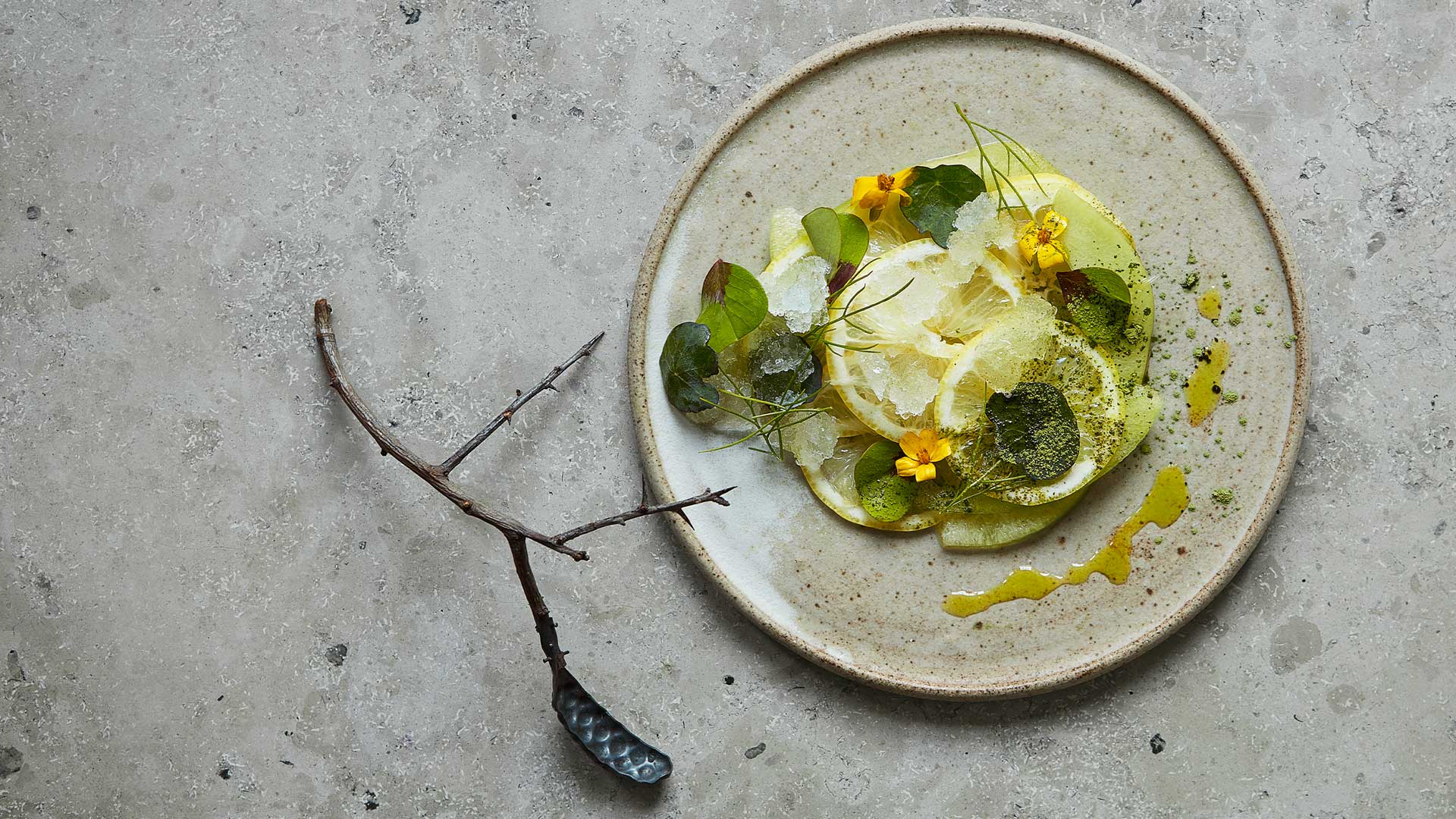Reflecting on their recent completion of The Rain Garden, Gardener Daegil Lee and Director of Anmadang The Lab Bumsoo Lee discuss their commitment to sustainability, allowing plants to take root as nature intended, and the world through the language of gardens.
Musings from The Rain Garden
Planted poetry
Gardens, which seem to occupy a place between nature and humans—a sort of cultivated wilderness—can be seen as a form of communication that honours the land. In a gesture of reverence to terra firma, nearly half of Aesop Seongsu is devoted to The Rain Garden—an intimate green space in the store’s central courtyard. Here, a naturalistic planting design is realised; hardy perennials and trees with strong vitality are favoured over delicate seasonal blooms. Drawing on regenerative principles, rainwater is collected in a storage tank and a pond to be recycled and drained back underground.
Who are the people who created the garden at Aesop Seongsu?
Daegil Lee: As a gardener, interpreting nature lies at the heart of my work—this could be through composing landscapes, conceptualising art installations, as well as writing articles on horticulture. For me, the botanical realm invites curiosity and stirs questions on how nature can be experienced in diverse ways.
Bumsoo Lee: The current philosophy at Anmadang The Lab, my outdoor design studio, is one that seeks to nurture a sustainable coexistence. The team adopts a holistic approach in cultivating naturalistic spaces; this means that we focus on the symbiotic relationships between living matter. In doing so, we believe our work takes a step towards building a greener environment that has the potential to enhance communities.
What led you to explore naturalistic planting as the main concept for the garden?
DL: One should endeavour to embrace an environmental consciousness through their practice. When I start a project, it is always explored through the lens of sustainability and as such, I feel that there is much to learn from observing nature. Our planet, which has evolved organically over time, is home to a multitude of ecosystems that have adapted to their surroundings—all without human intervention. I look for clues in nature to understand its ‘rules’ and experiment with these ideas in my designs. BL: A movement like naturalistic planting is relatively new; it began to take form over a century ago and remains relevant today. This reflects a fundamental shift towards a more sustainable practice, an issue that could not be more pertinent in our current era.
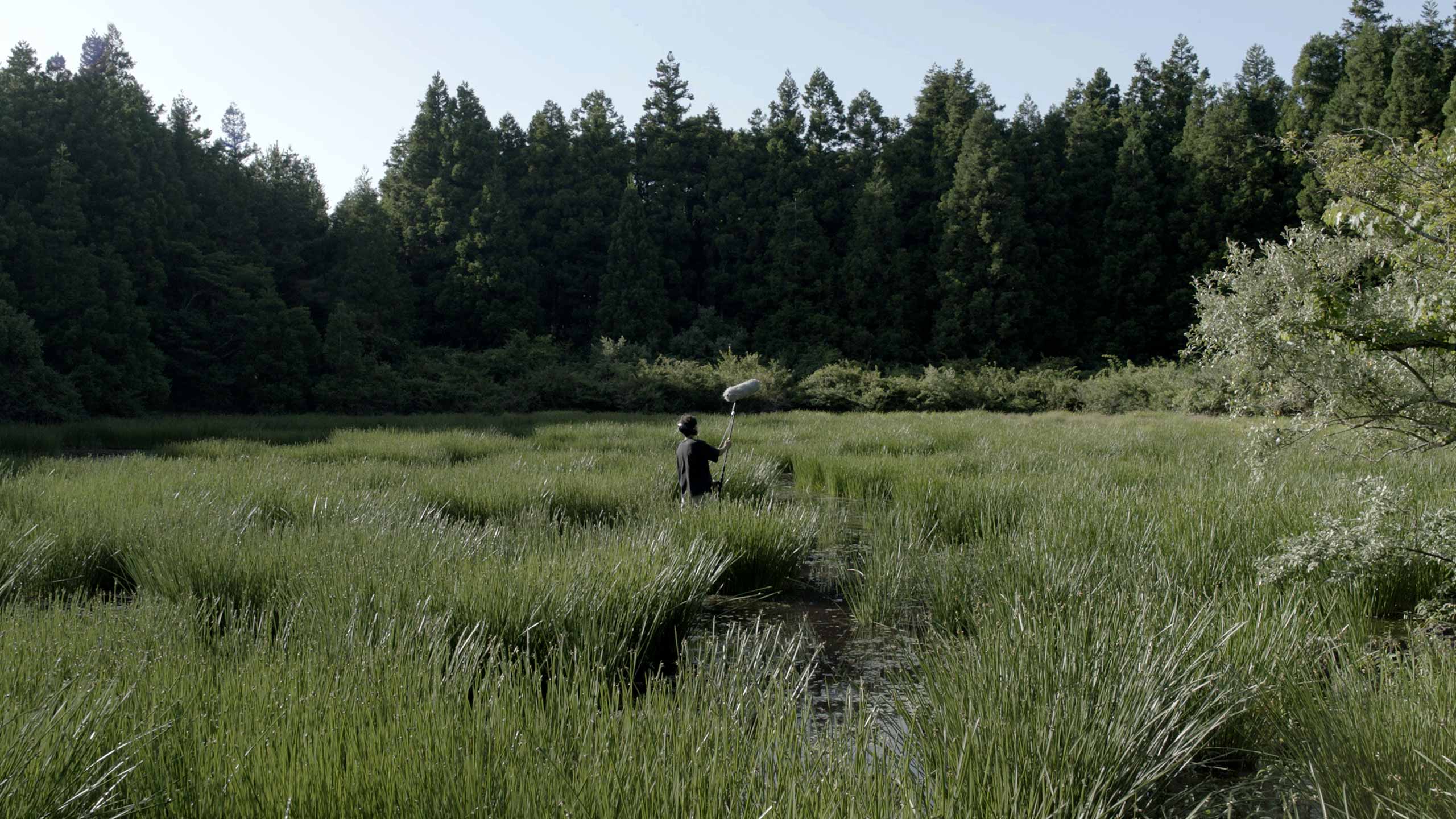
You’ve designed gardens for various contexts, does your approach differ for residential or commercial commissions?
DL: I don’t think so. It is always a dialogue between responding to the needs of the client while leaving room to reveal the elements of nature that inform my work. My intention is to introduce a subtle wilderness to the existing fabric, where a microcosm of nature and living things can thrive. BL: Designing residential spaces, in my opinion, presents more challenges. This involves giving expression to the family’s way of living and creating a comfortable environment where the garden should be a refuge for beauty, regardless of the season. On the other hand, commercial projects are often guided by specific intentions—although aesthetics are always a consideration.
What did you consider to be important when creating the garden?
DL: I was faced with many questions on presenting the life cycle of the garden, from defining a sustainable concept to how it can support a healthy environment. Current research indicates that the planet is encountering an ecological deficit and armed with this knowledge, I considered the efforts that could be made to preserve and provide for our natural resources and habitats. In what ways can our garden encourage positive change?
BL: Early concept designs sought to embrace different facets of sustainability, and in this spirit, a garden was envisioned as part of the retail setting. This petite landscape was born out of an idea to introduce an urban naturalism, where plants could grow to their full expression—revered for their organic forms rather than as manicured, decorative elements.
How is The Rain Garden integral to the design?
BL: Here, the rainfall run-off nourishes the garden: flowing from the roof into a water tank, after which it is used to refresh the landscape and forms a small pond. Harvesting rainwater is a practical and sustainable solution as it is readily absorbed into the soil, and thus conserves resources. Tap water, in contrast, requires greater energy consumption because it is extracted from a traditional water storage system, where it is treated prior to use.
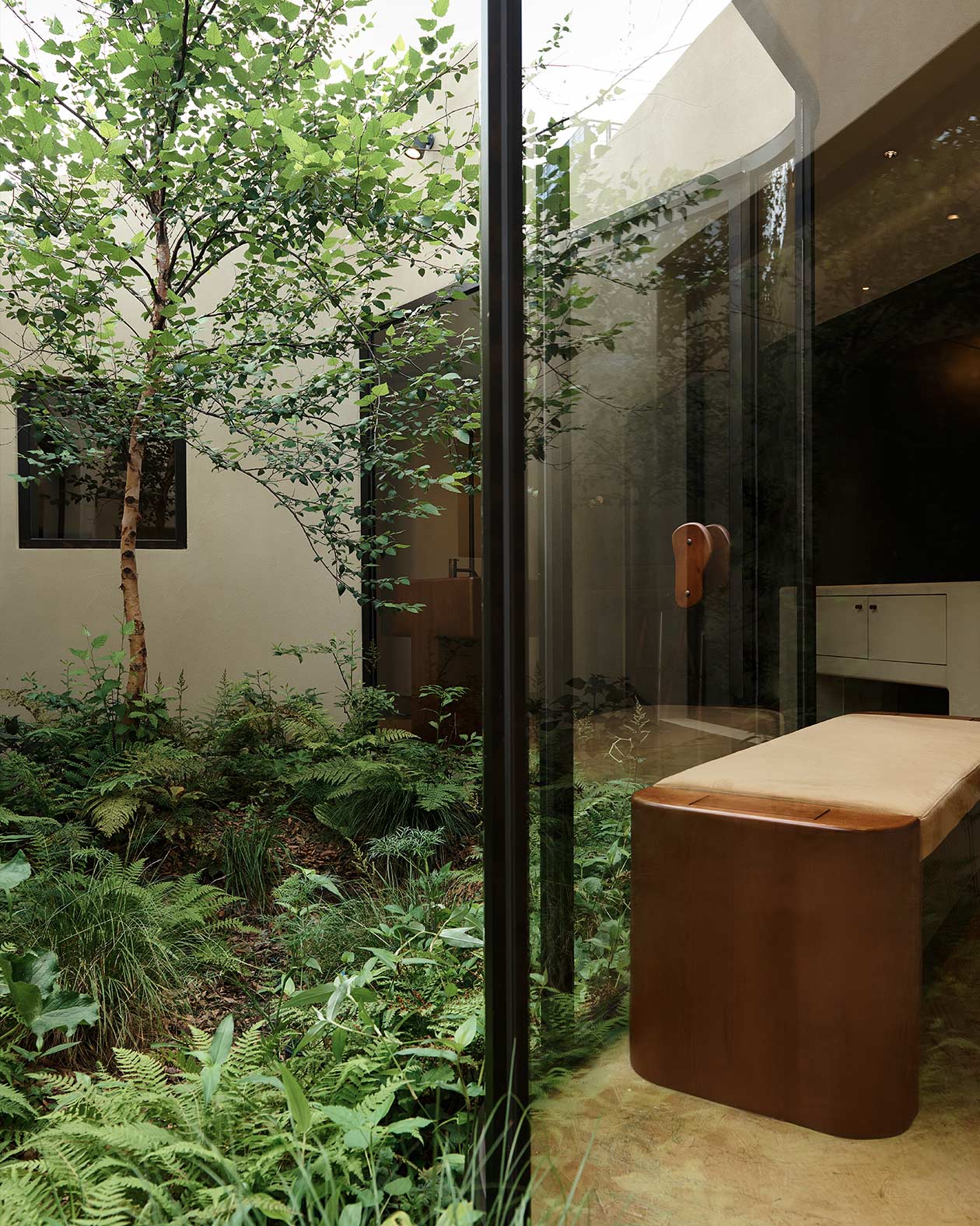
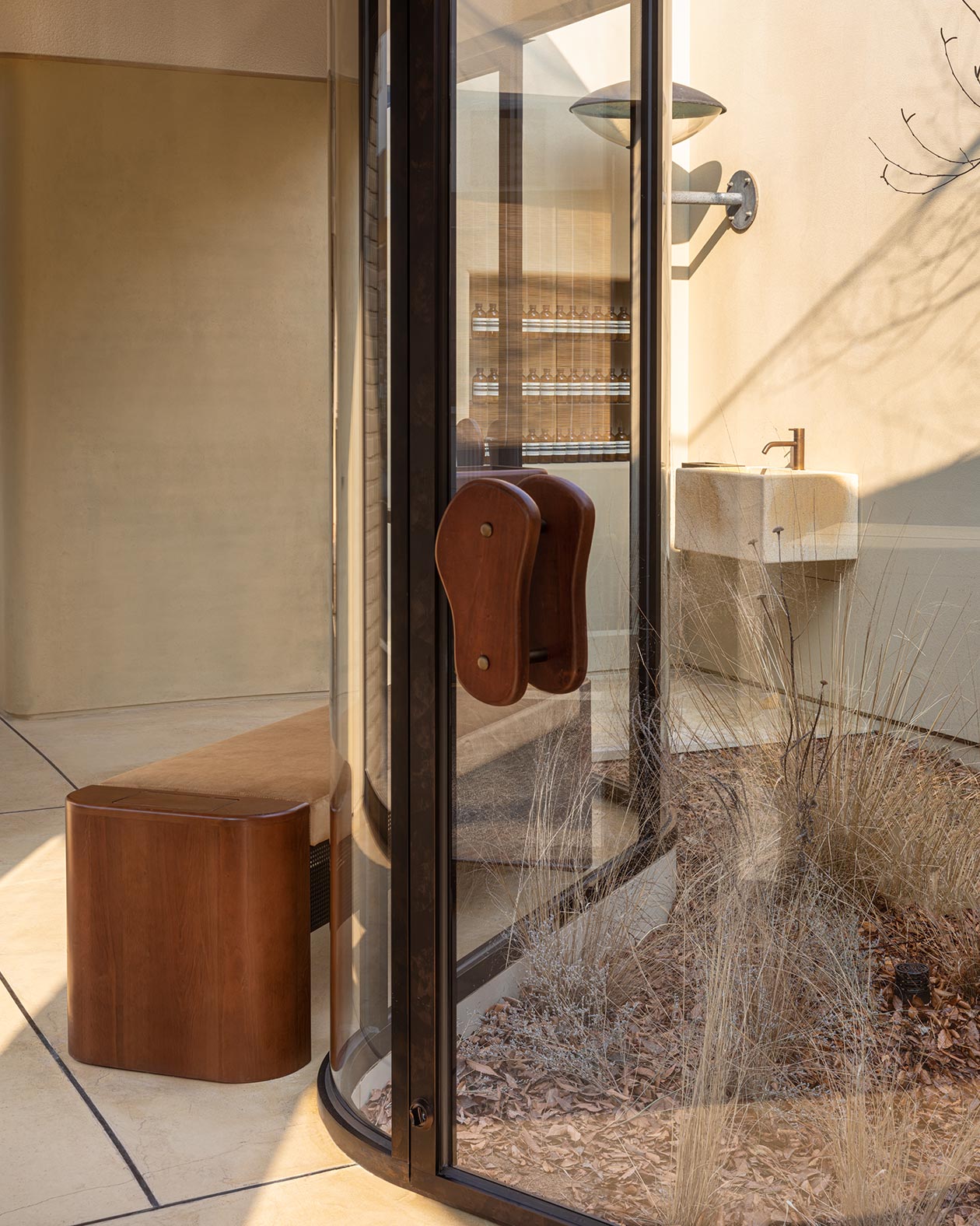
Is there a significance in setting the foundations of the garden on a sloped site?
DL: By digging a little deeper within a set surface area, it became possible to enhance the efficiency of such a compact space. The new configuration carves a depressed area for rainwater to gradually seep into the garden bed and exposes a more varied topography.
Finally, staying true to Aesop’s philosophy, we wanted to establish a sensorial and tranquil atmosphere. Water is a potent symbol throughout the design and draws inspiration from the locality. For instance, “Seongsu” in Korean refers to the clean and cherished waters, once used for drinking, of the adjacent Han River—one of Seoul’s most prominent natural landmarks. The significance of this element is further emphasised by installing a rainwater recycling system, a conscious step to prioritise sustainability.
BL: One of the benefits of The Rain Garden is that it supports the environment by using existing resources. Water is a finite resource, yet it occurs as part of a cyclical system, in a sense, reflecting a natural continuity—a quality we sought to represent when designing the garden. Similarly, The Rain Garden can be viewed as a restorative cycle where the runoff is purified by the plants and soil before flowing down to the drains.
How would you describe Aesop’s ethos?
DL: Poetic is a word that comes to mind, whether it’s an online experience or the warmth of interactions I’ve received at the physical spaces. If Aesop were a person, they would be perhaps prone to introspection, but a character endeared to others for their benevolent nature and humorous turn of phrase. BL: Upon visiting an Aesop store, one discovers that the brand’s design philosophy eschews unnecessary detail. Initially, we had ideated using steps to lead into the garden but when we returned to Aesop’s design codes—which favour a considered simplicity—we were inspired to create an inviting space where plants grow in the wild, attuned to nature’s rhythms, instead of pursuing a more ornamental style. To this end, the steps were farewelled.
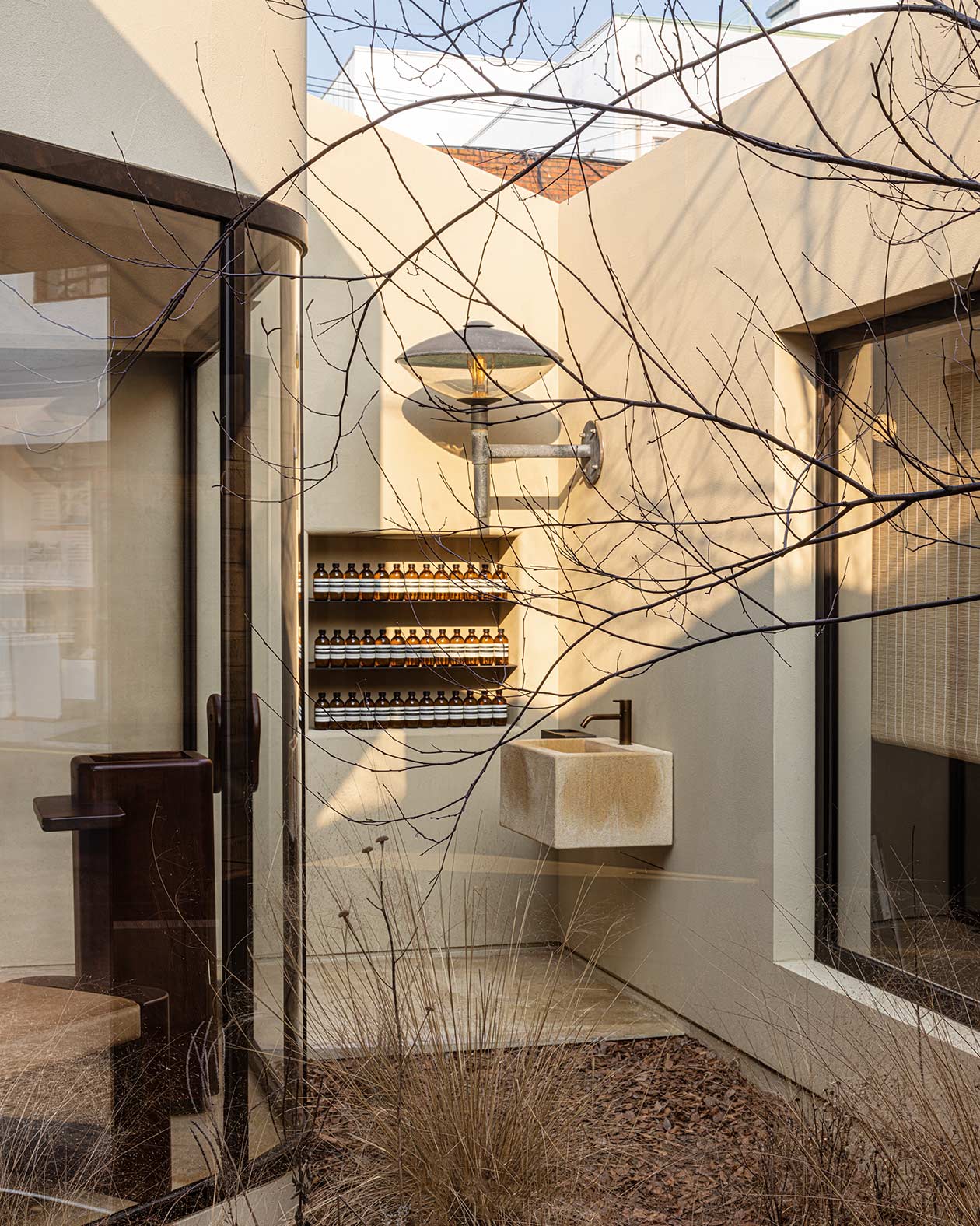
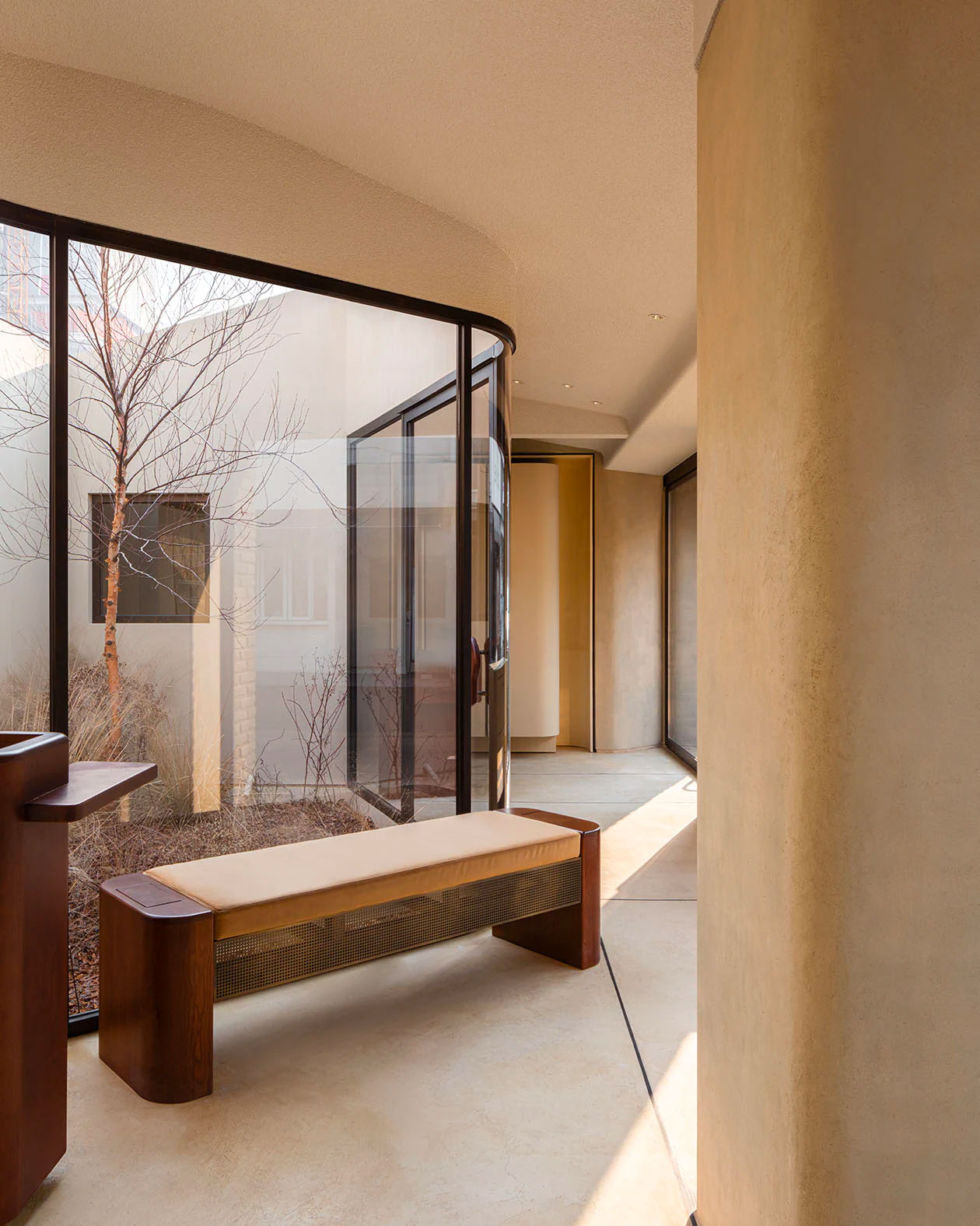
How does the choice of plants respond to the site?
DL: A wise gardener should closely observe nature’s idiosyncrasies—the land, climate and seasons—when curating a plant palette that carries the utmost respect for the environment that the plant originally inhabited. The completion of the garden is not the end of the journey as the landscape will continue to develop and will require occasional maintenance. With water being a central element of the design, varietals such as marsh marigold, astilbe, and slender-leaf marsh fern, were chosen for their adaptability to wet, marsh-like environments. At a later stage, we look forward to cultivating Viola Odorata, one of the ingredients in its namesake Violet Leaf Hair Balm. BL: After much deliberation, we decided to plant black birch trees, a species that would grow well near water. The plantings are now dotted around the very centre of the garden. While the composition has a certain aesthetic, this is bound to change as the saplings grow and mature, therefore gaining new characteristics and altering the landscape.
Can you tell us what you envisage for the garden?
DL: Lots of fresh and lively plants that are well-nourished from plentiful water. This image never left my mind while working on the project; it is the essence of our garden at Aesop Seongsu. It is my desire that the garden will remain intact—self-sufficient and flourishing—even after human beings are gone. The intention is that our garden will become a part of nature, without the sense of being artificial. BL: Gardens can take on a different mood and expression, depending on the season or the time of day. Stepping into these surroundings, at least in my mind, evokes the gentle morning sunlight casting a long shadow on the greenery. There is beauty all around us and I hope the store’s retail consultants and curious visitors will find pleasure in the garden’s unique character.
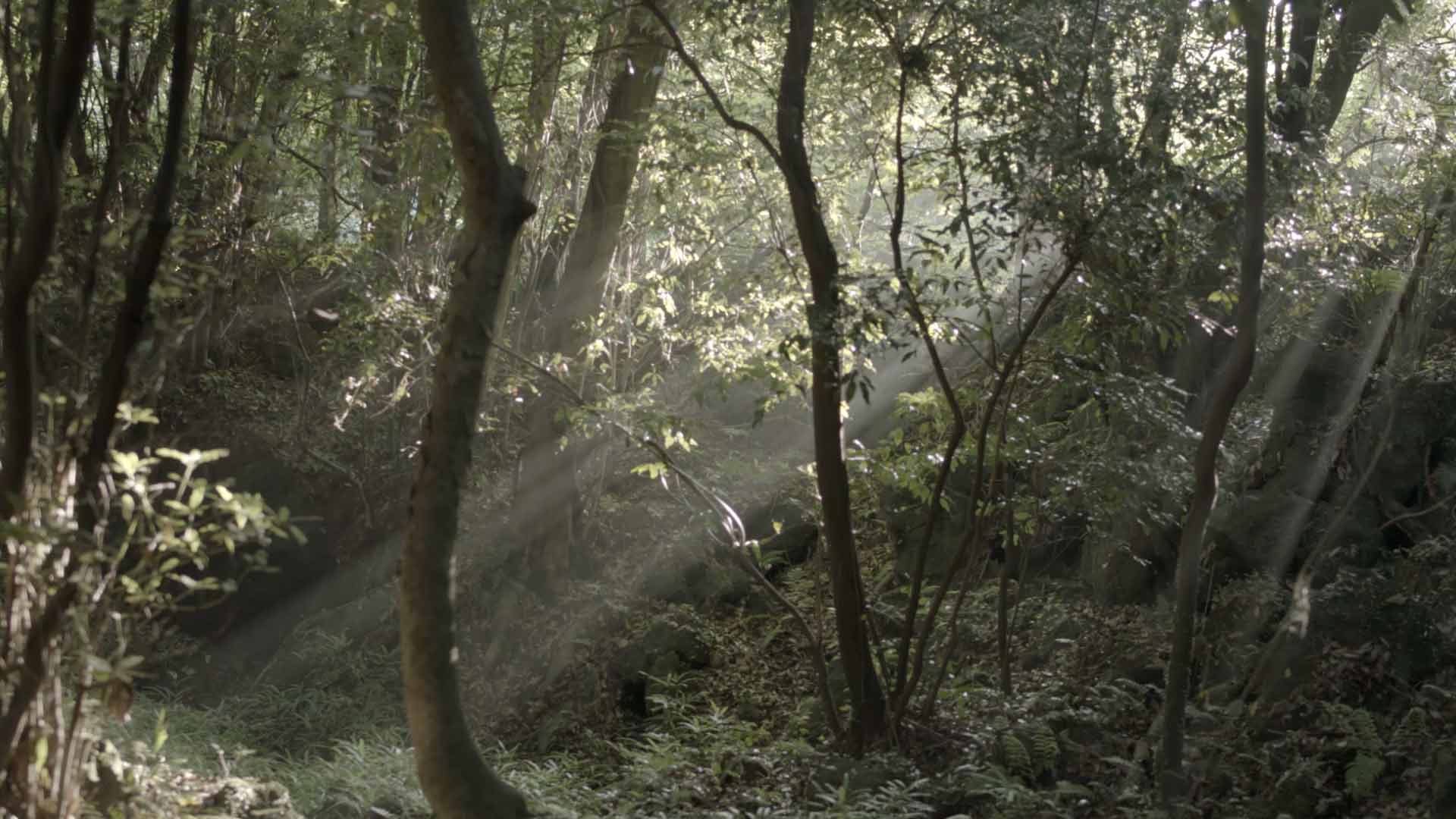
What kind of meaning do you want the garden to have for those who visit?
DL: A small spring is like an oasis you might stumble upon when walking down a country path; I can imagine an idyllic setting where one finds refreshment along its banks. It would be a great compliment if customers experience a similar sense of solace and respite in our garden. BL: The garden is designed to offer a space for discovery, whether it’s simply being at one with nature or becoming acquainted with the brand, one that nourishes the mind and the senses.
The garden will be open all year round. Perhaps you could tell us about the best way to enjoy this space?
DL: By establishing The Rain Garden—a space for the community to observe nature and the complete cycle of water: from collection, to use, to circulation—our aspirations will be fulfilled if it can encourage a shift in perspective towards the world around us. BL: The experience should be relished with all senses, so I warmly invite Aesop’s guests to indulge in a moment of pause and engage with the site—without rushing to photograph the scenery. If one takes their time, they might notice small details in the captivating scenery, like the slow ripples in the water and feeling the wind blowing gently into the garden.
